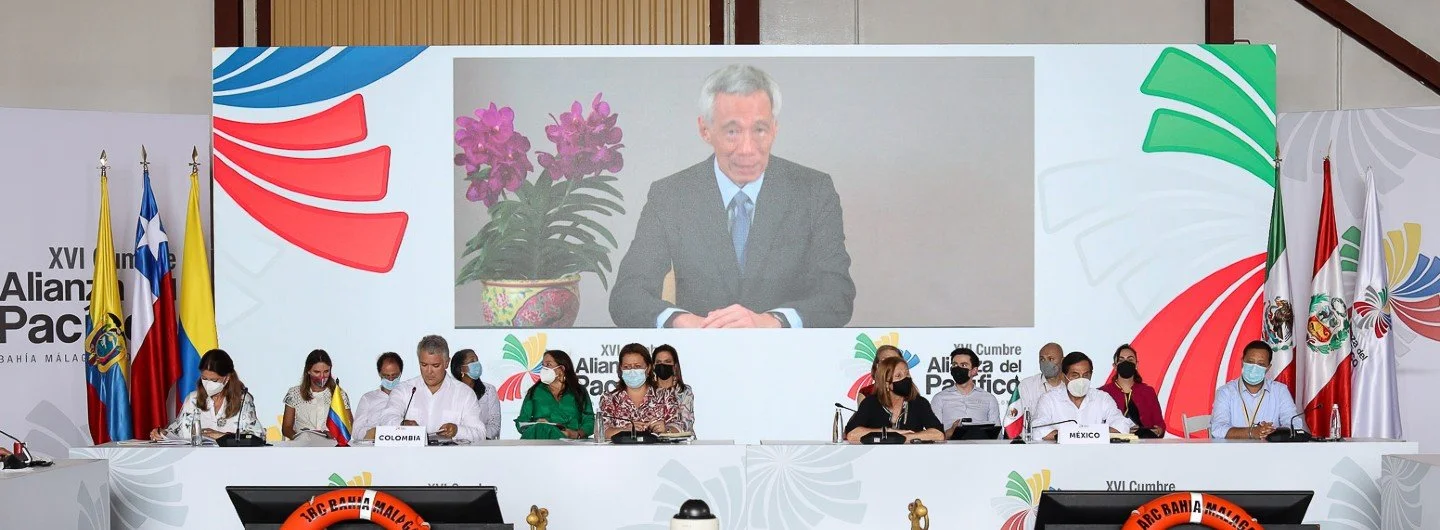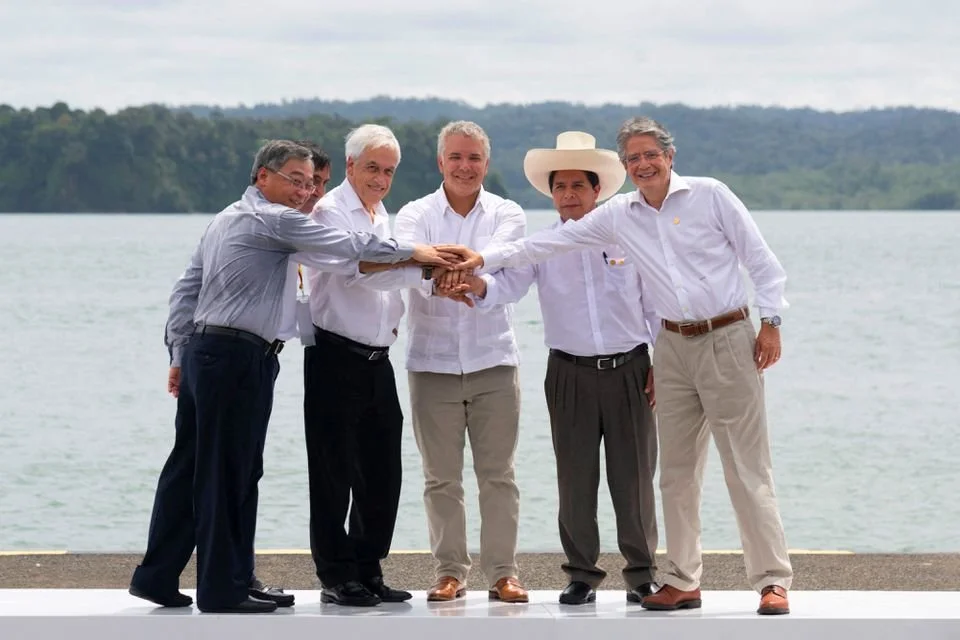On Jan 26, 2022 Singapore signed a Free Trade Agreement (FTA) with the Pacific Alliance (PA), a regional economic bloc made up of Chile, Colombia, Mexico and Peru representing more than USD 2 trillion in GDP. The Pacific Alliance Singapore FTA (PASFTA), has been touted as a “landmark moment” for Singapore’s partnership with Latin America with the potential to strengthen investment and market access opportunities for Singapore and PA countries. Despite the agreement’s potential, there remain economic, institutional and political factors that could affect the PA’s potential impact on Singapore and the region’s trade and investment opportunities. The PA has done a remarkable job in establishing itself as a platform with the potential to increase trade an investment between Latin American and the Asia-Pacific region. However, structural obstacles to intra-alliance trade, overlapping regional economic integration efforts and risks to institutional continuity will shape the size of the PA’s impact and influence in the region.
Latin America: A Key Stakeholder in Asia Pacific Trade?
The participation and engagement of Latin American countries in multiple economic integration efforts within the Asia-Pacific means that they will become key partners and stakeholders in the development of a regional trade infrastructure that has the potential to create more open, resilient and inclusive trade outcomes in a post-Covid environment. However, increased political uncertainty and structural obstacles will determine the depth and impact of that role.
Where Are We in Global Trade?
This has been an interesting, mixed, two weeks in trade. On the one hand, the system continues to receive new shocks, particularly from US President Donald Trump. On the other hand, trade integration is also moving forward. The net result continues to highlight the increasingly unsettled global environment. Firms need to focus on how to mitigate the risks facing their business operations.
Let’s start with the bad news. Two separate hearings have wrapped up in Washington. The first focused on product categories for an additional $16 billion in 25% tariff rate hikes against goods coming from China. Regular readers may recall that the Americans first produced a list of items totaling $50 billion for new tariff increases. The list was revised on the basis of hearings. The first $34 billion in tariffs have already gone into force (and were met with retaliation by China on a similar amount). But $16 billion in products were contested, resulting in a new list from the USTR. Now that hearings on the revised list of products has been completed, tariffs can be imposed at any time. Expect them to be announced on Friday (since this seems to be the preferred approach of the Trump administration). These new Section 301 tariffs will likely be met with $16 billion in matched retaliatory tariffs by China.
The Pacific Alliance at Year 6
The Pacific Alliance, a regional integration initiative which brought together the economics of Mexico, Colombia, Peru and Chile, has garnered a surprising amount of attention from around the world after only six years since its creation; more than 50 countries have flocked to become observers. To understand the sudden interest one has to look at the member’s ability to establish themselves as a credible and ambitious body with incredible potential to increase investment and trade opportunities in the region. Nevertheless and despite the relative success that the PA has had to date, there remain large obstacles it must overcome to achieve its ambitious goals.
TPP Collapse? Plan B for Everybody Else
Few firms buy and sell goods or services in just one market—even if that one market is huge. In the long run, larger, more comprehensive agreements are much better for firms than smaller, more limited agreements. This is what makes the TPP such an important agreement for business. But, if the deal never makes it out of Capitol Hill in Washington, the remaining TPP countries have many options that can be pursued in the near term. As Plan B strategies go, these are certainly better than nothing.


